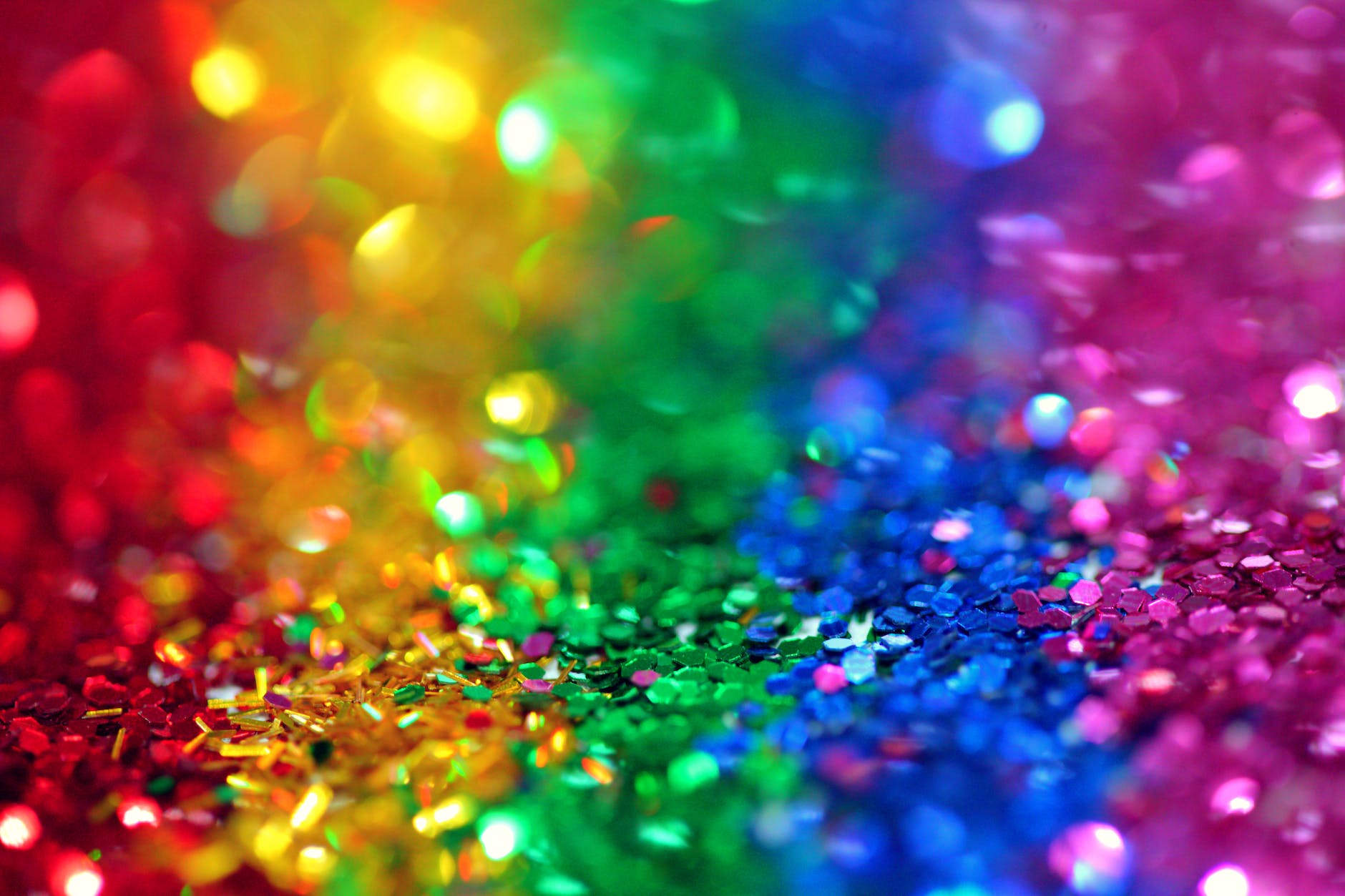
Introduction:
Colors play a central role in our daily lives, often going unnoticed in their subtle, yet profound influence on our emotions and behaviors. The study of color psychology delves into the deep-seated pathways through which colors affect human mood and actions. This article embarks on a journey exploring the psychological realms of different colors, their cultural interpretations, and their applications in art and design across various cultures.
The Psychological Palette
Colors are more than just visual stimuli; they are the silent whispers that evoke emotions, shape our perceptions, and guide our actions. Here’s a glimpse into how different colors interact with the human psyche:
- Red: Unleashing a spectrum of strong emotions from love and passion to anger, red is a color of action and arousal.
- Yellow: The color of sunshine, yellow, lifts the spirits, invigorating creativity and optimism.
- Orange: Orange is a fusion of the energy of red and the happiness of yellow, embodying excitement, enthusiasm, and warmth.
- Green: The color of nature, green, beckons with its calming, harmonious vibes promoting growth and balance.
- Blue: Blue, the color of the serene sky, evokes feelings of calmness, trust, and, often, introspection.
- Purple: A blend of the stability of blue and the vigor of red, purple stands for luxury, creativity, and spirituality.
The Behavioral Spectrum
Colors not only stir emotions but also shape behavior. The warmth of red, yellow, and orange often evokes higher arousal emotions, contrasting the calming essence of blue and green. This section delves into the science of how colors can modify behavior, focusing on their role as visual cues guiding attention and enhancing usability.
The Therapeutic Spectrum
Art therapy often employs color to explore and express an individual’s emotions. This section explores the therapeutic potential of colors, highlighting their ability to influence mental and physical states.
Cultural Color Wheel
Venturing beyond individual perception, colors are woven into the cultural fabric, embodying diverse meanings across different societies. This section explores the variegated interpretations and applications of colors in Western and non-Western art and design, shedding light on their cultural significance.
Designing with Color
In art and design, color is a powerful tool to convey messages and evoke emotions. This section elaborates on how an understanding of color psychology and cultural color perceptions can be harnessed to create resonant designs, focusing on varied color palettes employed across cultures.
Conclusion
The realm of color psychology opens doors to understanding the profound ways in which colors shape our emotions, behaviors, and cultural interpretations. As we navigate through the colorful lanes of human psychology, the knowledge of how colors influence us and how different cultures perceive and use colors can empower artists, designers, and individuals to paint their canvases of expression with more awareness and insight.
Reference List
- Verywell Mind: Color Psychology
- London Image Institute: Empower Yourself with Color Psychology
- Mountain Vista Psychology: The Effects of Color
- Mental Health America: Color Psychology Explained
- Neurofied: Effects of Color on Behavior
- Art Therapy Blog: Psychological Effects of Colors
This simplified yet comprehensive exposition aims to provide a wholesome understanding of the interplay between colors, psychology, and culture. It is a valuable resource for individuals keen on exploring the vibrant world of color psychology.

Leave a Reply